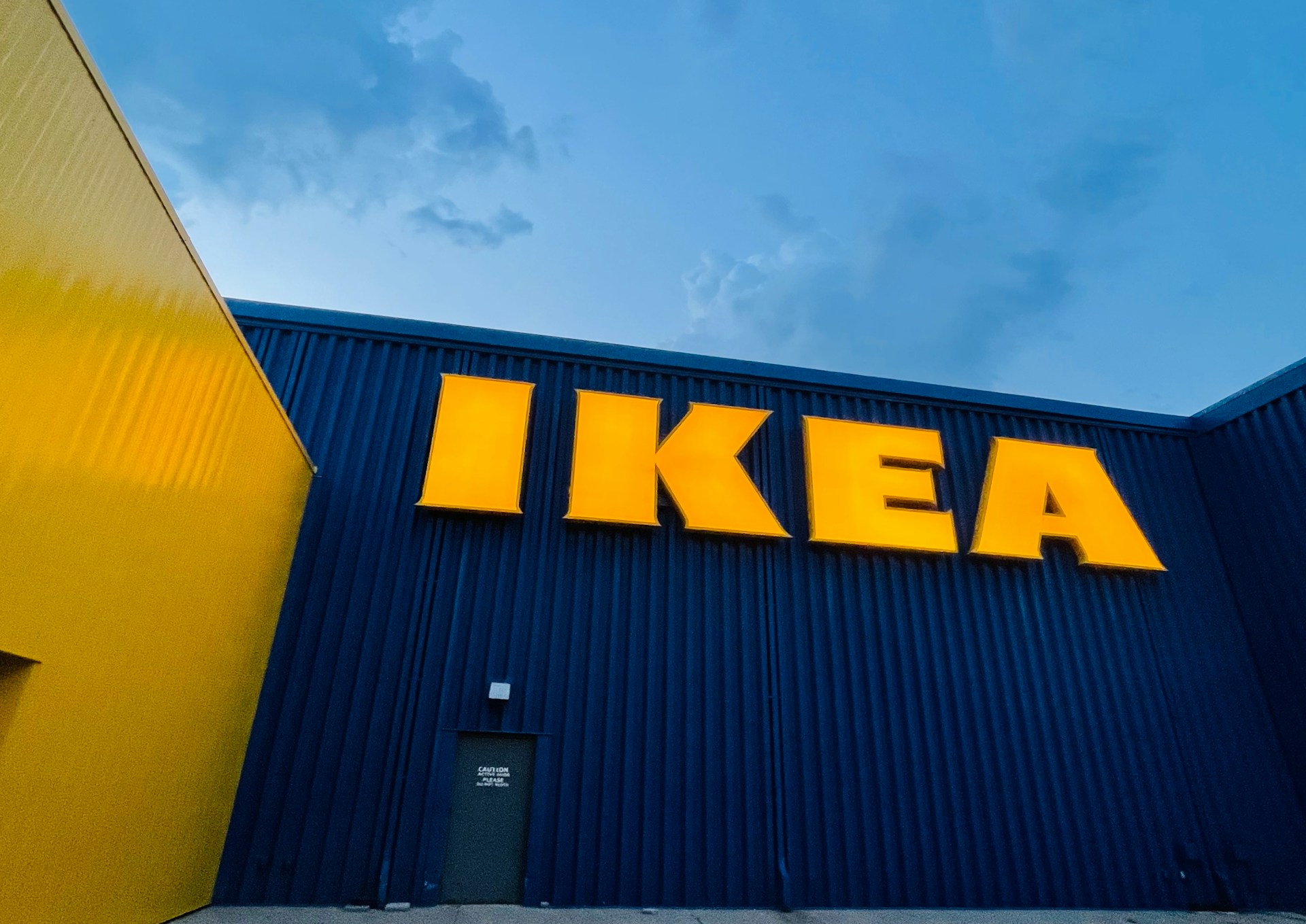IKEA has unveiled an ambitious new sustainability roadmap, aiming to cut its carbon emissions by 50% by 2030. This goal comes as part of the company’s ongoing efforts to create a more sustainable future, building on its success in reducing emissions by 30.1% since 2016. IKEA, which has long been a leader in the furniture and home goods industry, is now focusing on making its entire supply chain and operations more environmentally responsible.
Cutting Emissions: A Bold Vision for the Future
IKEA’s latest sustainability goals are an integral part of its broader climate action plan. The company has committed to becoming climate-positive by 2030, meaning it will reduce more greenhouse gas emissions than it emits across its supply chain and operations.
“We are taking bold steps to decarbonize our business and lead the way in circularity,” said Jesper Brodin, CEO of IKEA Group. “Our vision is not just to reduce our own emissions but to actively contribute to a sustainable future for our customers and for the planet.”
IKEA’s progress is already evident. Since 2016, the company has reduced its carbon emissions by 30.1%, a significant achievement considering its global presence and vast supply chain. This reduction has been driven by improvements in energy efficiency, the use of renewable energy sources, and a commitment to sustainable product design and materials sourcing.
Sustainability in Action: Key Strategies for 2030
The company has outlined several key strategies to meet its ambitious 2030 emissions target:
- Renewable Energy Investment: IKEA is continuing to invest heavily in renewable energy sources. By 2030, the company plans to significantly expand its use of solar and wind power, aiming for its entire operations to be powered by renewable energy.
- Circular Economy: IKEA is making strides towards creating a circular business model. This includes designing products with a longer lifespan, encouraging recycling and reuse, and exploring furniture rental services. Additionally, IKEA is increasing its use of sustainable materials, such as recycled plastic and sustainably sourced wood.
- Sustainable Supply Chain: IKEA is working closely with its suppliers to ensure that they adhere to stringent environmental and social standards. The company is also focused on reducing emissions across its supply chain, which makes up a large portion of its overall carbon footprint.
- Carbon Offsetting: As part of its commitment to achieving climate-positive status, IKEA is investing in carbon offset programs. This includes supporting reforestation projects and initiatives aimed at reducing emissions from agriculture and forestry.
A Circular Future: IKEA’s Commitment to Reuse and Recycling
As part of its vision for a circular economy, IKEA is also introducing new product offerings that are easier to recycle and repurpose. The company is piloting initiatives to collect used furniture from customers and either resell it, repurpose it, or recycle the materials. IKEA is also encouraging customers to make more sustainable choices, such as offering repair services for furniture and providing instructions on how to upcycle old products.
“We believe that sustainability should be simple and accessible to everyone,” Brodin said. “That’s why we’re introducing more circular solutions that will allow customers to participate in reducing waste and extending the lifecycle of products.”
Looking Ahead: Challenges and Opportunities
IKEA’s sustainability journey is not without challenges. Achieving a 50% reduction in emissions by 2030 will require continued innovation and collaboration with stakeholders across its value chain. The company acknowledges that meeting its goals will involve significant investments in technology, logistics, and renewable energy infrastructure.
However, the opportunities are vast. By leading the charge in sustainability, IKEA not only strengthens its brand but also sets a standard for the global furniture industry. As consumers become increasingly conscious of their environmental impact, IKEA’s commitment to sustainability will likely attract more customers who value eco-friendly products.
A Leader in Sustainable Business
IKEA’s long-standing commitment to sustainability positions it as a leader in corporate climate action. As the world grapples with the urgency of addressing climate change, companies like IKEA are showing that it is possible to reduce emissions while still growing a successful business.
As the company continues to innovate and push the boundaries of sustainability, it’s clear that IKEA is not just focused on profit, but on making a lasting, positive impact on the planet for generations to come.
